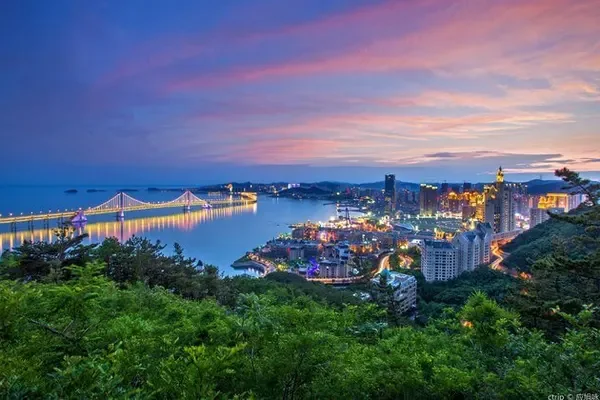In China's administrative divisions, "Ali" is the name of a region under the jurisdiction of the Tibet Autonomous Region. Stripping off the "ngari plateau" in the north, which is classified as the administrative scope of the ngari region, the "nari" in the geographical sense refers to the west of the Yarlung Zangbo river valley, the north of the Himalayas, and the south of the northern tibetan plateau , This river valley east of Ladakh is geographically labeled "Ali Plateau".

There is a saying that if the Qinghai-Tibet Plateau is the "roof of the world", then the Ngari Plateau is the "roof of the roof of the world". Regardless of whether the Ngari Plateau is qualified to become the highest point of the third pole in the world, one thing is certain, that is, the Ngari Plateau is indeed the focus of the entire "Rim of the Himalayas" in terms of geography and geography. To be more precise, it is the two landmarks with a sacred aura at the eastern end of the Ngari Plateau that play this role: Mount Kailash and Mapang Yumco.
